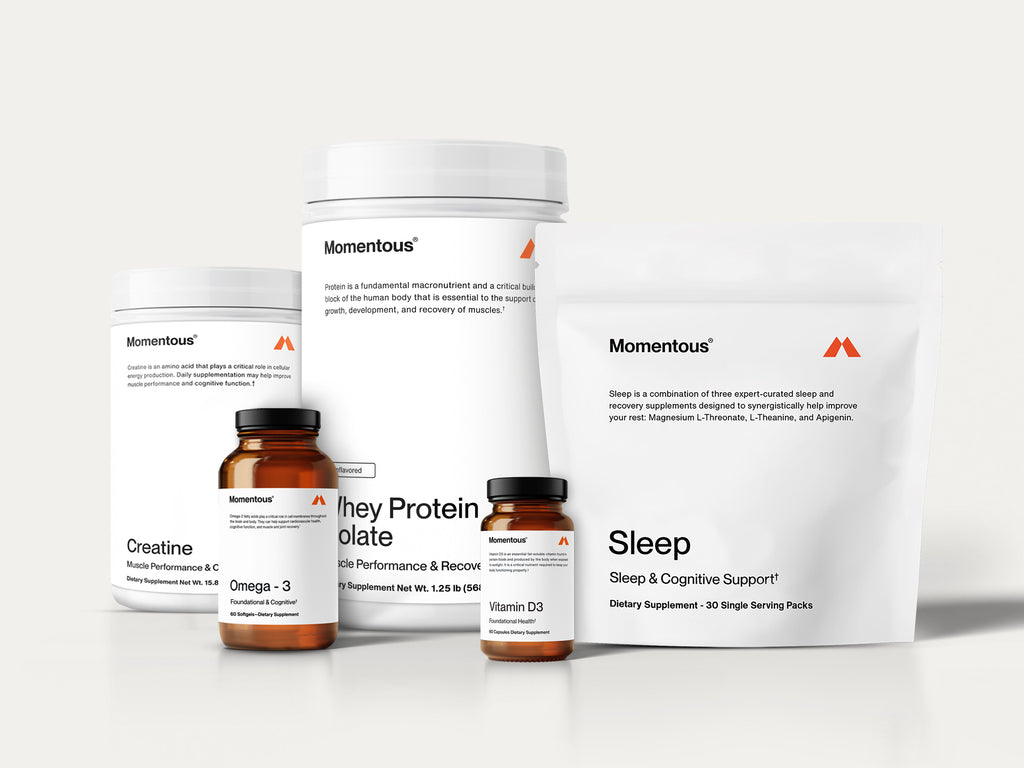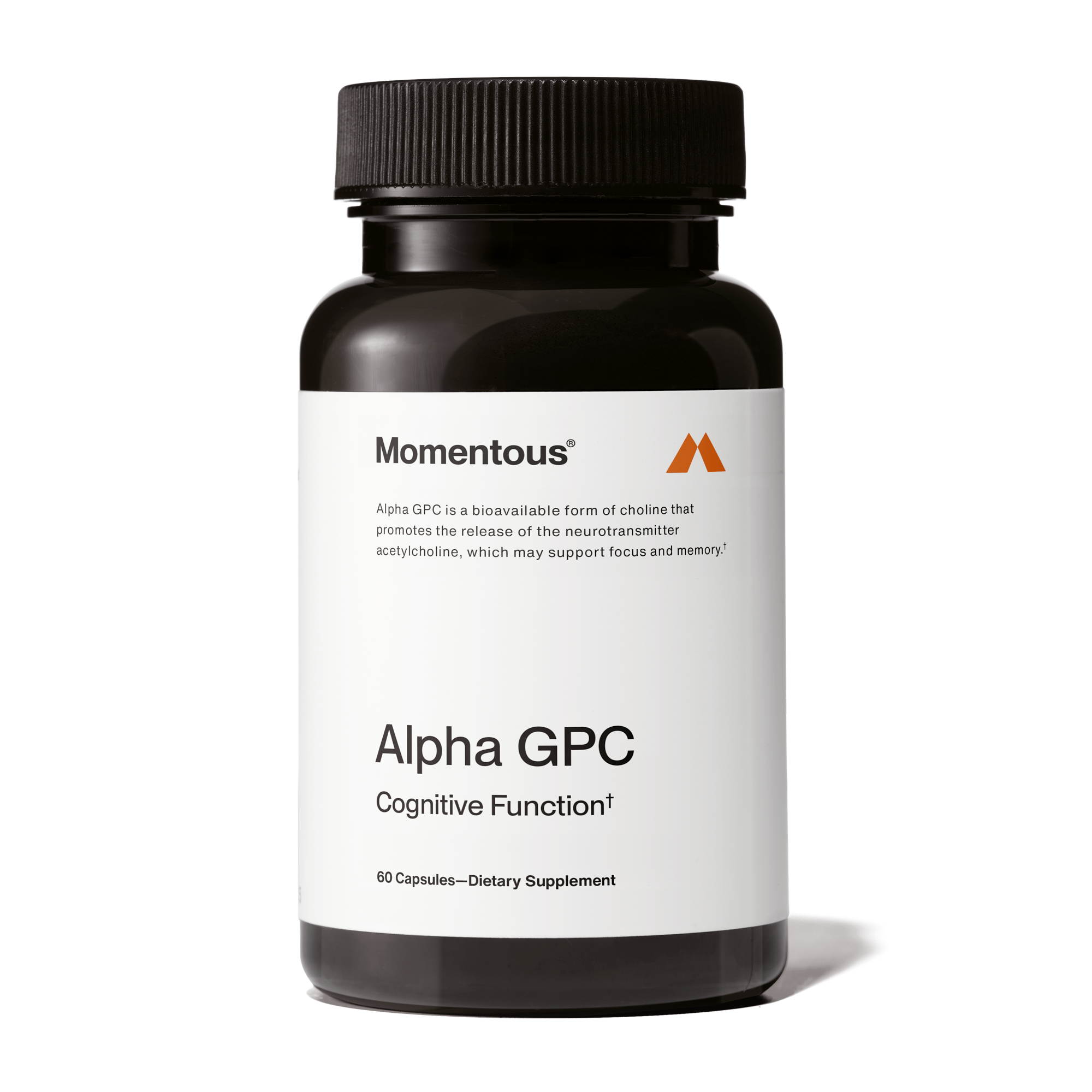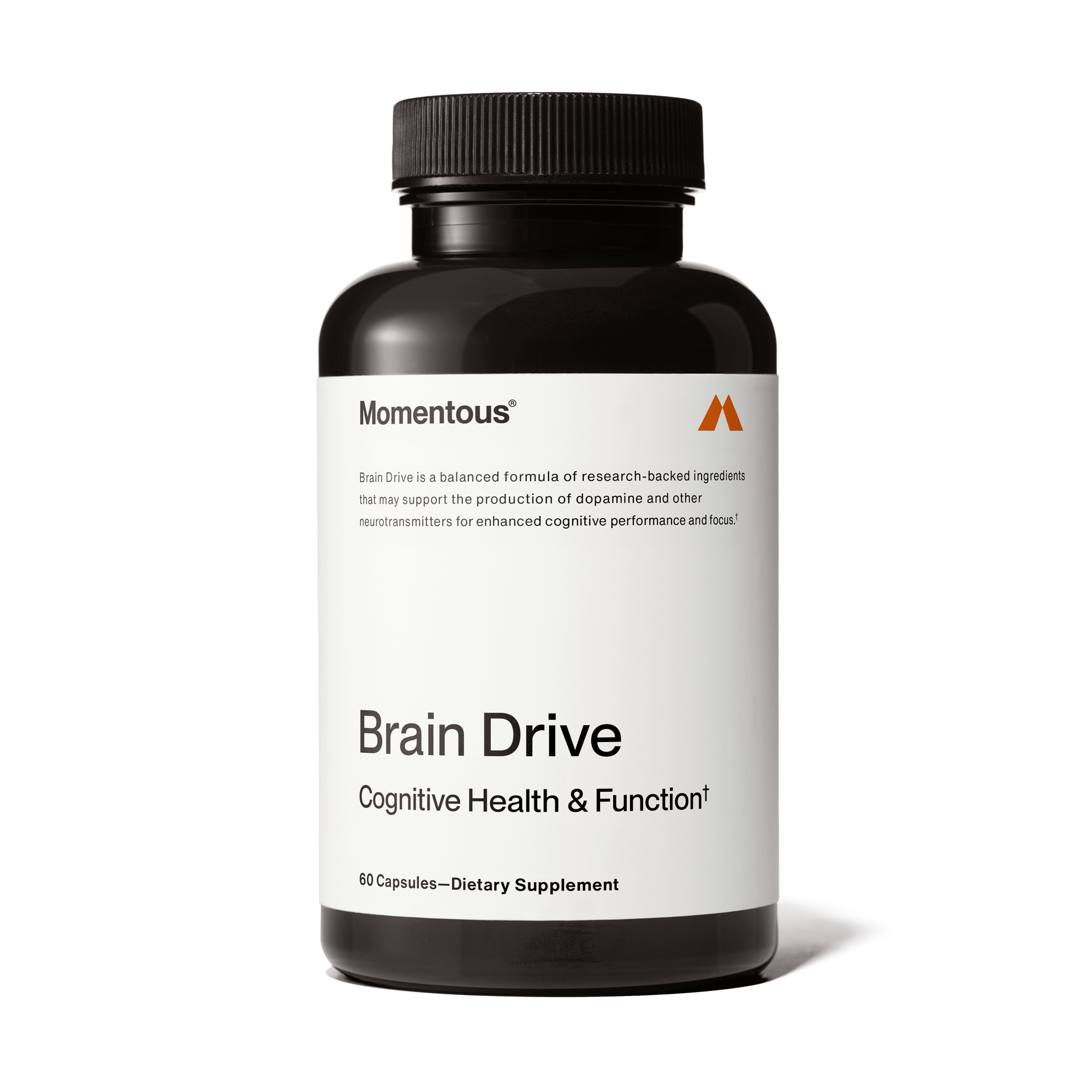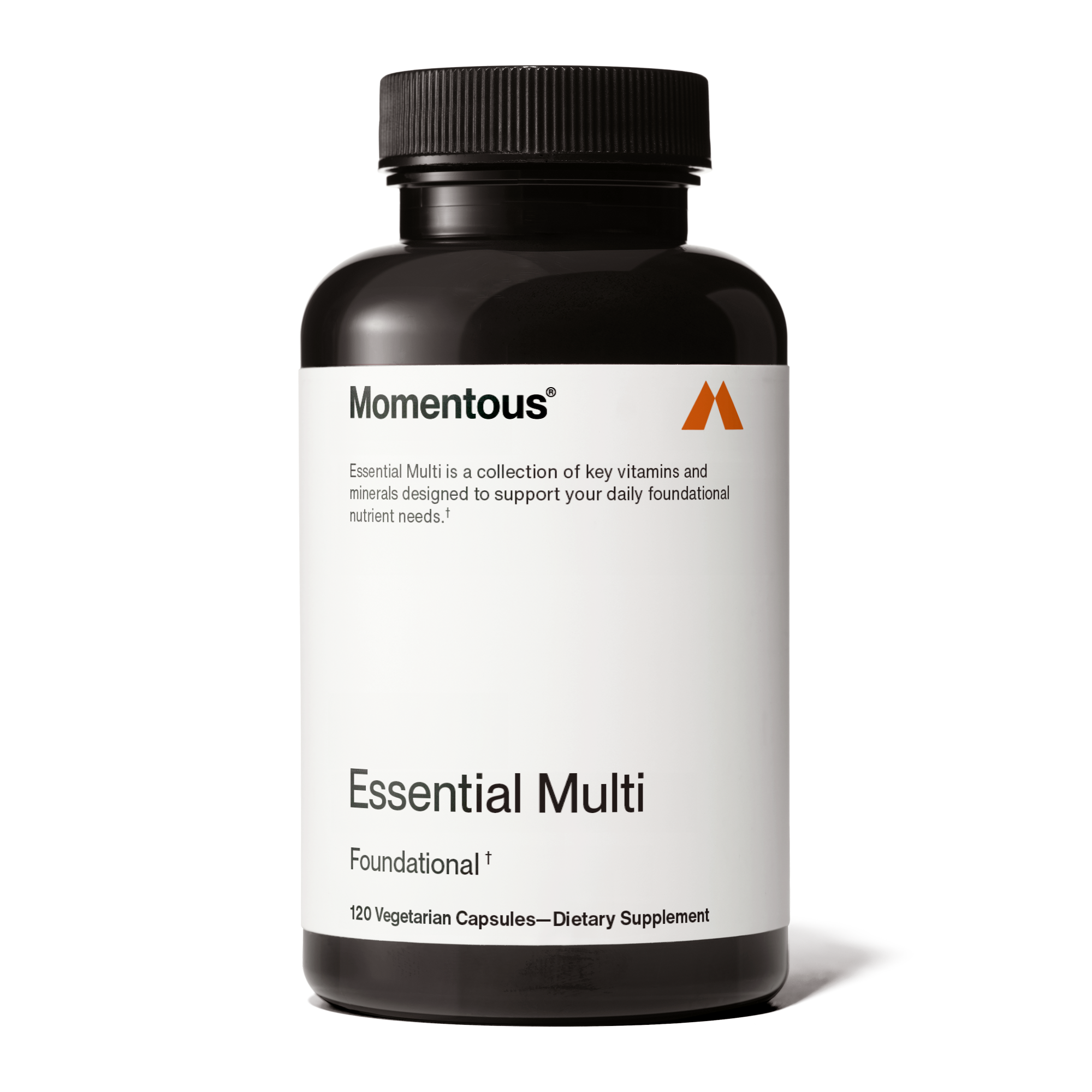Cognitive Function
Cognitive Health, Cognitive Function
Foundational Health
Summary
In American football, an athlete’s success on the field is determined by the interaction of strength, power and speed, as well as individual position skills. These factors are constantly changing due to the impact of fatigue and mechanical stress. Regardless of the position on the field, the ability to produce maximal efforts, maintain proper movement patterns, and recover between plays degrades over the course of a practice or game. Anything that can delay that degradation, will lessen the rate of progression toward fatigue and improve overall performance. As a component of any athletes’ overall approach to performance optimization, PR Lotion can help maximize training efforts, aid in recovery between training sessions, and enable the athlete to maintain a higher level of physical performance.
Demands of American Football
American Football is a game made up of a series of short, maximal physical efforts, followed by a limited amount of time for recovery. Metabolically, the athlete relies heavily on anaerobic energy systems to provide energy for the short intense efforts that typically last less than 10 seconds. Mechanically, the athlete needs to maximize peak force, peak power and rate of force development to support contact with the opponent at the line of scrimmage as well as off the ball movement. These physiological variables can be improved in the sports performance facility through periodized strength training and conditioning where strength improvements appear more quickly and improvements in agility and speed may take longer to acquire.
It should also be recognized that each position on the field has specific responsibilities that alter the athlete’s physical needs. Linemen are larger, have greater absolute power requirements and focus on pushing/blocking their opponent while defensive/offensive backs and wide receivers have lower absolute strength scores, but are faster and have the highest aerobic capacity values. Depending on the style of play (i.e. a focus on passing or running the ball), the importance of each of these physiological factors varies. It is also important to note that certain players on the field have blocking assignments while others often attempt to avoid physical contact. That physical contact can lead to trauma/injury that may also impact performance.
Challenges for Players
One of the biggest challenges for football players is ensuring quality training loads to facilitate both increases in strength and power as well as anaerobic and aerobic conditioning. Those loads come in the form of force and velocity requirements in the weight room to stimulate adaptions in peak power and peak absolute force production. On the field, work to rest ratios are managed. In both spaces, it is important for athletes to maintain high quality efforts at the intended intensity or at the prescribed training volumes. The performance goal for every football player in training is to increase peak force, while also improving the rate of force development and peak power. The outcome on the field is a stronger athlete capable of quicker movements and faster running speeds. If the athlete cannot perform the prescribed workout as planned, the quality of adaptation (training response) from that workout will suffer and success in competition may be affected.
Appropriate recovery and the “readiness” to train can be a crucial element in promoting adaptations between training sessions. Neuromuscular, mechanical, cardiovascular, and metabolic (to name a few) adaptations to the stress of a training session occur during rest and recovery periods. This requires an optimized ratio between work and recovery. Decreased muscle function, muscle soreness, and/or tissue inflammation are sometimes a consequence of adequate training loads and, unfortunately, occur alongside necessary positive adaptations to the training stress. That is, the positive adaptations to training enable the athlete’s system to be more capable of handling a subsequent stress. The challenge here is adequate recovery, such that reduced muscle function and soreness do not impact the next high-quality training effort.
The challenge during competition is preserving the highest sustainable running speed and rate of force development, while delaying the inevitable accumulation of fatigue. As the athlete fatigues, muscle recruitment patterns change, mechanical muscle “damage” may impact muscle function, and movement technique becomes compromised. Consequently, athlete movement and rate of force production will degrade (more energy required) and the player may no longer be able to sustain the desired power or speed and may risk rapidly progressing toward exhaustion.
PR Lotion Supports Optimal Training and Game Day Performance
Decades of research demonstrate the benefits of sodium bicarbonate ingestion on performance outcomes, however gastrointestinal distress limits its use. PR Lotion is a topical product that delivers sodium bicarbonate directly through the skin, thereby bypassing gut limitations. The lotion works by creating a safe and effective “pathway”, while at the same time encapsulates the sodium bicarbonate for effective delivery through the skin. The bicarbonate acts as a buffer to neutralize acid production during high intensity exercise, helps maintain overall pH balance, and aids in reducing the inflammation and tissue swelling that leads to delayed onset muscle soreness (DOMS). Increased buffering potential in the muscle, with PR Lotion, may allow football players to maintain higher training loads or complete more high-quality training efforts.
During training sessions and competitions when athletes are above “threshold” intensities or near maximal efforts (which football players certainly are), increased buffering potential in the muscle can reduce the rate of fatigue development or progression. Reducing fatigue progression, either during training or competition, will diminish the impact of fatigue on training technique and the corresponding effect on energy requirements to maintain a desired force/power output.
Between training sessions, PR Lotion can improve recovery between training sessions in two ways. First, the alkaline environment provided by bicarbonate in the muscle can reduce post-exercise inflammation. Applying PR Lotion before a high intensity or strength training session can reduce the feeling of muscle soreness due to inflammation. Second, sodium bicarbonate can decrease edema or tissue swelling that occurs following heavy or long training sessions. Combined, this leads to reduced delayed onset muscle soreness between training sessions. In fact, research exploring PR Lotion’s impact on recovery demonstrated about 50% less delayed onset muscle soreness following high intensity exercise. Improved muscle recovery and function following a hard training effort can only enhance the quality of the subsequent training session.















